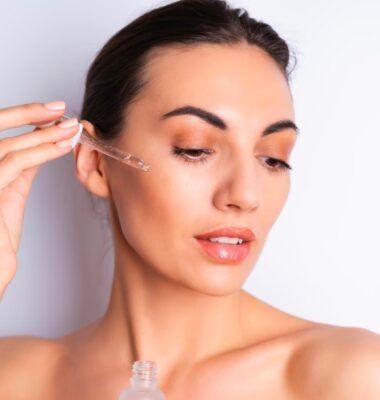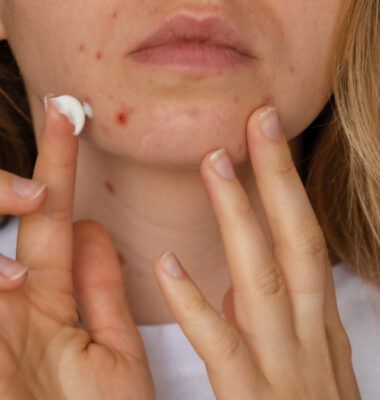Mixing Don’ts: Discover the Skincare Ingredients That Should Never Meet
Fact checked
By Zuri Hawkins Jarret, Certified Pharmacotherapy Specialist, PharmD, MPH, BCPS
Last Updated on June 10th, 2025 / Published on February 20, 2025
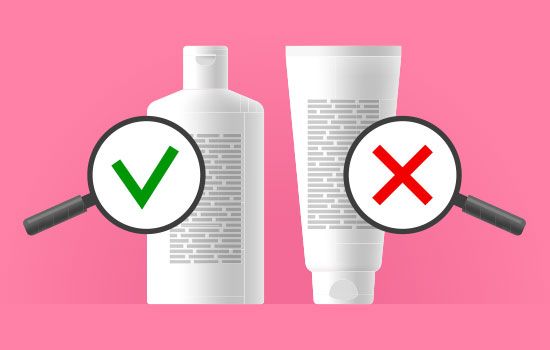
Introduction
Starting a skincare routine can sometimes feel like finding your way through a maze. With so many choices, it can be confusing for beauty lovers.
Some products and ingredients claim to work wonders for your skin. But how do you know what skincare ingredients not to mix?
Roaming the beauty aisle for the perfect skincare products can be overwhelming. In 2022, consumers pushed the US skincare market to its most profitable year.1 That year, facial cleansers and acne treatments were the top sellers.
With the variety of products and ingredients available, you must be careful about how you use them.
This article helps you know which skincare ingredients should not be mixed. This ensures your skincare routine is safe and effective.
Let’s explore skincare together and learn about its ingredients, one at a time.

The Complex World of Skincare Ingredients
Any skincare product sold in the US requires a Food and Drug Administration (FDA)-approved label.2
- What kind of product it is, e.g., cream, lotion, soap, etc.
- How much is in the package, e.g., 4 ounces or 5 ml
- What ingredients are included
- Required warning labels, e.g., Do not get in your eyes
Ingredients must be listed in order of how much is included in the product. Skincare products that are also medications need to list active ingredients first. For example, a face cream with 75% shea butter must be listed as the main ingredient. A product containing 1% or less of an ingredient can be labeled as “other ingredients.”
What Not to Mix – The Basics
Skincare ingredients have different functions. Mixing them can change how they work, causing harm to your skin.
Let’s review some common reasons for issues:
- pH levels The pH levels in skincare products vary. Mixing ingredients with different pH levels changes the product’s pH. This results in some active ingredients being less effective or irritating the skin.
- Chemical reactions
Some ingredients undergo chemical reactions when combined. Skincare products may lose their effectiveness after mixing certain acids and bases.
- Stability issues
Some active ingredients are sensitive to light, air, or other ingredients. If you put them together, they might break down and not work as well after a while.
- Opposite effects
Different ingredients serve different purposes in skincare. Certain ingredients can counteract each other’s benefits.
- Increased sensitivity
Some ingredients increase your skin’s sensitivity to other active ingredients.
Using too many active ingredients at once can overwhelm your skin. It may struggle to absorb and process them. This can lead to irritation, dryness, or breakouts.
To keep your skincare routine safe and effective, you need to know how different products affect each other. With this knowledge, you get the most out of your routine. You also avoid any potential problems.

Common Mistakes in Mixing Skincare Products
Many people mix skincare products they shouldn’t. So, some of these common mistakes may not surprise you.
Let’s review 6 common mistakes you may have when mixing skincare ingredients:
- Overloading the skin

One of the most common mistakes is using too many products at a time. Using many different things on your skin without letting it adjust overloads it. This might lead to irritation, dryness, or breakouts.
- Mixing ingredients
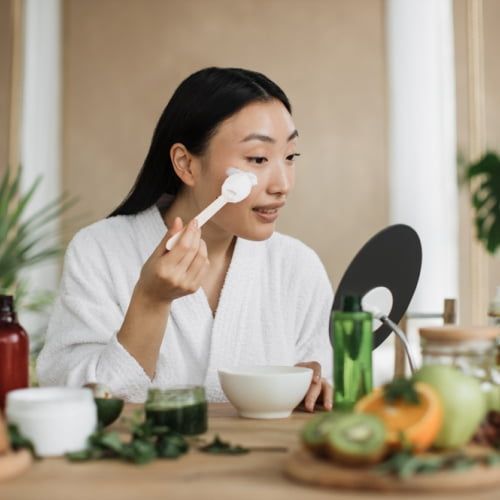
Certain combinations of ingredients shouldn’t be mixed. Using products with different pH levels or ingredients that react makes them less effective or irritates your skin.
- Ignoring product layering order
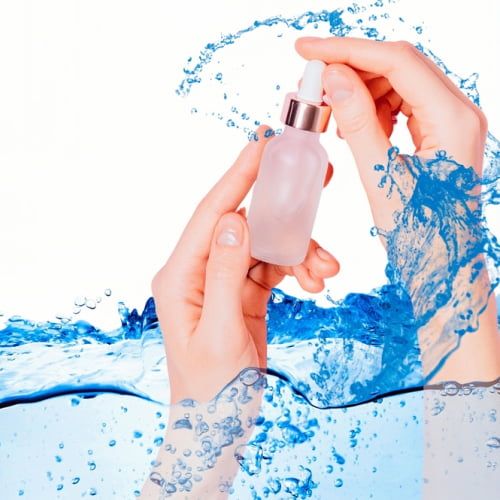
You’ll want to layer your skincare products in a certain order. To get better results, use a water-based product before an oil-based one.
- Over-exfoliating
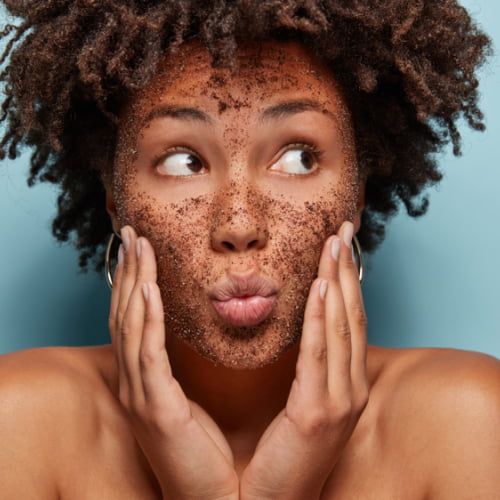
If you use many different exfoliating products together, it can harm your skin. This can make your skin sensitive, red, and more likely to have breakouts.
- Misusing strong, active ingredients
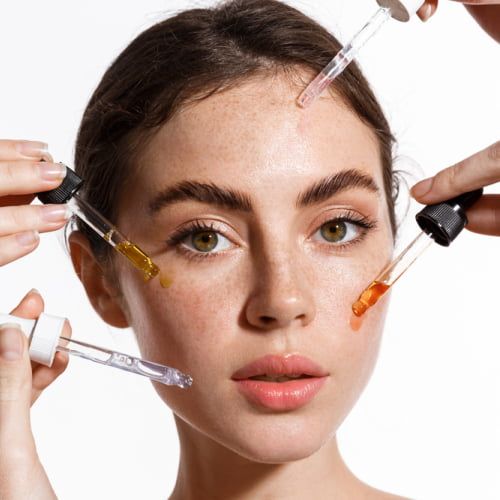
Some potent active ingredients irritate if not used properly. You should avoid using too many active ingredients, starting with a high concentration, or using them too often.
- Using drying ingredients without enough moisturizing
Certain ingredients like benzoyl peroxide or salicylic acid can be drying. To prevent excessive dryness and irritation, use a moisturizer to protect your skin.
Before mixing skincare products, consider how they interact. Talk to your dermatologist or skincare professional for advice on how to maximize benefits and reduce risks.
Detailed Guide on Skincare Ingredients to Never Mix
We’ve reviewed some common mistakes when you mix skincare ingredients. But which combinations should you never mix?
Vitamin C and Retinol
Vitamin C3 brightens and protects your skin. Retinol4, a type of vitamin A, boosts collagen and cell renewal. However, when used together, they block each other’s benefits.
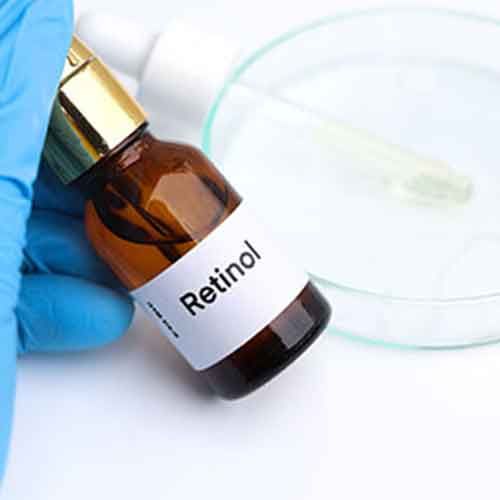
Vitamin C is most effective at a lower pH level, while retinol requires a slightly higher pH. When you combine them, it might change the pH levels and make them less effective.
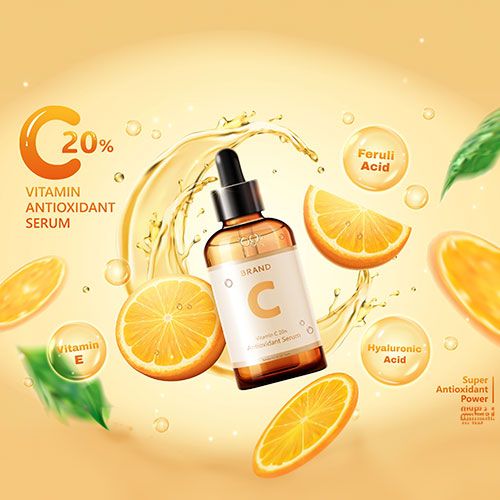
You may also notice more sensitivity and irritation when combined because of how strong they are.
Benzoyl Peroxide and Retinol
Benzoyl peroxide5 works to prevent acne in skincare products. Retinol has anti-aging benefits. However, when used together, benzoyl peroxide decreases the stability and effectiveness of retinol.
Combining these two strong, active ingredients also increases sensitivity and dryness. It’s important to use them separately or on alternate days to avoid overloading your skin.
Salicylic Acid and Retinol
Salicylic acid6 exfoliates your skin to unclog pores and combats acne. On the other hand, retinol4 helps in cell turnover and collagen production in your skin.
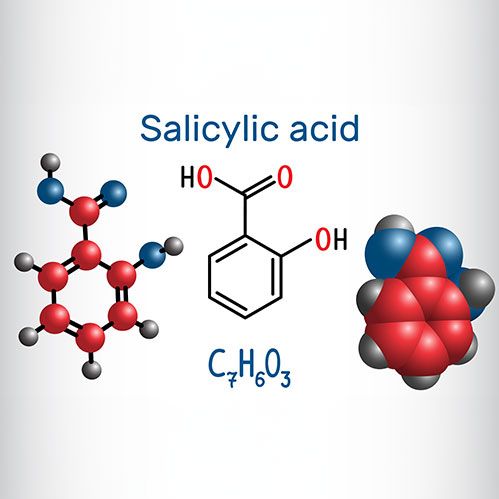
However, combining these two potent ingredients requires a balancing act. Both cause dryness and irritation. Using them together may make your skin very dry and uncomfortable, especially if it is sensitive.
To get the most out of each, it’s best to use them separately on your skin.
AHAs/BHAs and Vitamin C
AHAs (Alpha Hydroxy Acids) and BHAs (Beta Hydroxy Acids)7 work to exfoliate, unclog pores, and reveal smoother, brighter skin. Vitamin C3, a potent antioxidant, protects against environmental skin damage.
However, when you combine AHAs/BHAs and vitamin C, they may not work as well and can irritate. This is because they have different pH levels. AHAs and BHAs work best in a lower, more acidic pH. Vitamin C likes a slightly higher pH.
Combining them leads to pH imbalance, potentially reducing how well they work. To maximize the benefits of these ingredients, try using them at different times or on different days.
Skincare Ingredients Not to Mix With Salicylic Acid
Salicylic acid, a BHA, is a go-to ingredient for those struggling with acne and clogged pores. However, there are skincare ingredients that should not be mixed with salicylic acid.
If you mix salicylic acid with strong exfoliants or other potent acids, it causes over-exfoliation and irritation. Also, mixing it with things like benzoyl peroxide or retinoids can make your skin too dry and sensitive.
Other Potentially Problematic Combinations
We looked at some common combinations, but you should also be careful with some other ingredients. For example, strong exfoliants such as AHAs or BHAs with scrubs cause irritation and over-exfoliation. Mixing retinol with strong antioxidants8 may change how well they work.
Adding too many strong ingredients makes it hard for the skin to handle. If unsure, don’t mix ingredients until you ask a skincare professional for advice.
How to Safely Incorporate Active Ingredients
The Patch Test Protocol
When you try new products or combine ingredients, it’s crucial to do patch testing on your skin. A patch test9 sees how your skin reacts to a new product or ingredient.
Before using the product or ingredient, test it on a small, hidden area of your skin. To protect your skin, dermatologists suggest doing this twice daily for 7 to 10 days and watching for any bad reactions.9
Red Flags: When to Proceed with Caution
If the patch test causes redness, itching, burning, or irritation, don’t use the product on large areas of your skin. Even products labeled “hypoallergenic” or “gentle” can cause reactions in some people.
If you have severe reactions, see a dermatologist or healthcare professional immediately for advice.
Introducing Ingredients Slowly: A Gentle Approach
When it comes to skincare, less is more. To protect your skin, it’s best to add new ingredients to your routine slowly. This helps your skin adjust. It also decreases irritation and prevents terrible reactions.
Start Low and Go Slow
Start by adding new ingredients at a low concentration. This allows your skin to adjust without being exposed to strong active ingredients.
Watch how your skin responds as you slowly increase how often or the concentration over time. Building a routine that suits your skin’s needs is essential. Take it one step at a time.
Building a Customized Routine
A customized skincare routine is all about layering products to maximize their effectiveness. Start with the thinnest water-based products, then try thicker oil-based ones. This ensures that each product is absorbed well without affecting the benefits of the others.
Expert Advice and When to Consult a Dermatologist
When it comes to skincare, you want products that deliver results. However, not all products work well for every skin type.
According to Dr. Rebecca Marcus, “Formulation truly does matter and has an effect on a product’s efficacy.” You should speak with a skincare professional or dermatologist about your needs. This is especially true if you’re unsure what skincare ingredients to never mix.
Conclusion
The variety of skincare products and routines today can be overwhelming. If you’re not careful, you may fall victim to common mistakes seen when mixing skincare ingredients.
Taking control of your skincare journey begins with knowledge. To have a good routine, you must understand what skincare ingredients not to mix. Speaking with a skin care professional or dermatologist ensures you receive personalized advice.
Resources
- Petruzzi D. Topic: U.S. skin care market. Statista. September 4, 2023. Accessed November 4, 2023. https://www.statista.com/topics/4517/us-skin-care-market/#topicOverview.
- Center for Food Safety and Applied Nutrition. Summary of cosmetics labeling requirements. U.S. Food and Drug Administration. Accessed November 4, 2023. https://www.fda.gov/cosmetics/cosmetics-labeling-regulations/summary-cosmetics-labeling-requirements.
- Boo YC. Ascorbic Acid (Vitamin C) as a Cosmeceutical to Increase Dermal Collagen for Skin Antiaging Purposes: Emerging Combination Therapies. Antioxidants (Basel). 2022;11(9):1663. Published 2022 Aug 26. doi:10.3390/antiox11091663
- Zasada M, Budzisz E. Retinoids: active molecules influencing skin structure formation in cosmetic and dermatological treatments. Postepy Dermatol Alergol. 2019;36(4):392-397.
- Yang Z, Zhang Y, Lazic Mosler E, et al. Topical benzoyl peroxide for acne. Cochrane Database Syst Rev. 2020;3(3):CD011154. Published 2020 Mar 16. doi:10.1002/14651858.CD011154.pub2
- Bettoli V, Micali G, Monfrecola G, Veraldi S. Effectiveness of a combination of salicylic acid-based products for the treatment of mild comedonal-papular acne: a multicenter prospective observational study. G Ital Dermatol Venereol. 2020;155(6):744-748. doi:10.23736/S0392-0488.20.06751-6
- Center for Food Safety and Applied Nutrition. Cosmetics alpha hydroxy acids. U.S. Food and Drug Administration. Accessed November 6, 2023. https://www.fda.gov/cosmetics/cosmetic-ingredients/alpha-hydroxy-acids.
- Addor FAS. Antioxidants in dermatology. An Bras Dermatol. 2017;92(3):356-362. doi:10.1590/abd1806-4841.20175697
- American Academy of Dermatology Association. How to test skin care products. American Academy of Dermatology. August 2021. Accessed November 6, 2023. https://www.aad.org/public/everyday-care/skin-care-secrets/prevent-skin-problems/test-skin-care-products


